How to Be a Food Safe Professional- The Do's and Don'ts of Food Handling
What are the basics of safe food handling?
Safety regarding food handling refers to the preparation and storage of food in a way that reduces the risk of people falling sick from foodborne illnesses. Food safety is a global concern as food poisoning, in the Unites States alone, sends 128,000 people to the hospital each year. The principles of food safety protect food from contamination. They include hygiene protocols such as washing and drying, measures to prevent cross-contamination, and proper storage methods such as freezing.
The importance of food handling
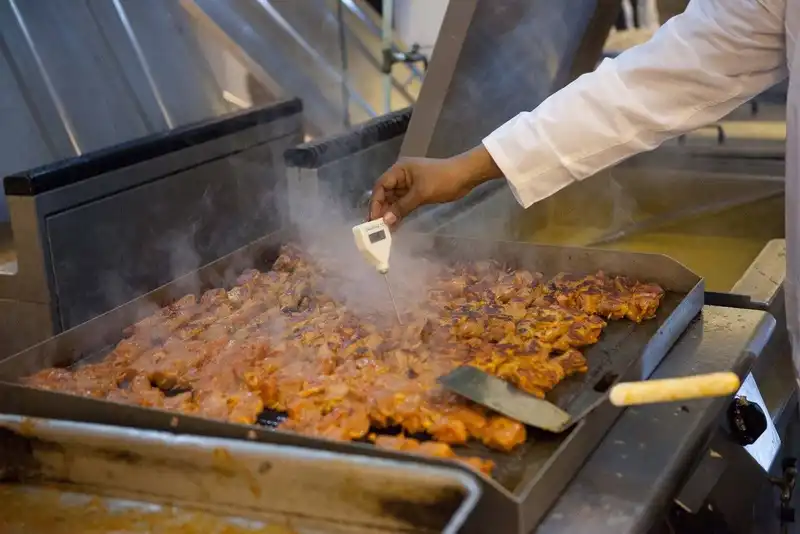
Food safety should be of utmost importance to businesses in the food industry as it safeguards customers and employees from foodborne illnesses and food poisoning. Improper food handling can also cause long-term illnesses and, sometimes, prove fatal. Food poisoning is caused when food is contaminated by bacteria, viruses, or other germs that make it unfit for consumption. It is important to push for food safety protocols to not only avoid diseases, but also to promote nutritional security, human health, and sustainable development. From a business point of view, proper food handling can prevent food recalls, which lead to financial losses. It also protects food businesses from possible lawsuits, rejected products, and possible threats of closure by authorities.
Food handling is one of the most important aspects of food safety
ZipChecklist will tell you everything from how to wash your hands to how to prevent cross-contamination
Steps to safe food handling
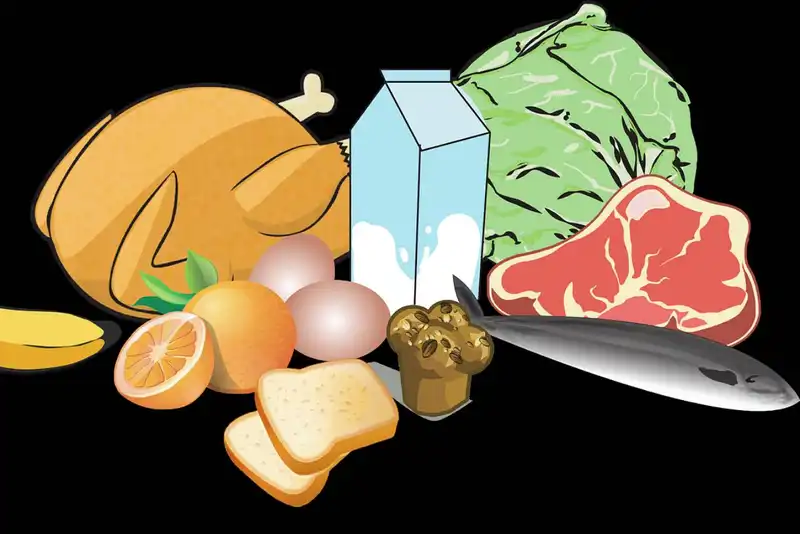
Access to safe and healthy food is not only an industry standard but a right. 1 out of 10 people fall sick due to contaminated food every year, according to the World Health Organisation. Foodborne illnesses are avoidable. Below are a few steps that every food handler should follow to ensure the safety of their customers.
1. Wash your hands and surfaces

Little in the history of the world has taught us the importance of washing our hands as the COVID-19 pandemic. The personal hygiene of food handlers cannot be stressed enough. Food handlers must ensure that they wash their hands regularly. It is also important to clean utensils and wash surfaces after every use to ensure proper food handling. In addition to this, all foods, fruits, and vegetables must be washed thoroughly. Meat, poultry, seafood, and eggs should not be washed to avoid spreading harmful germs around the kitchen. Hands should be washed with soapy water regularly.
2. Never cross contaminate
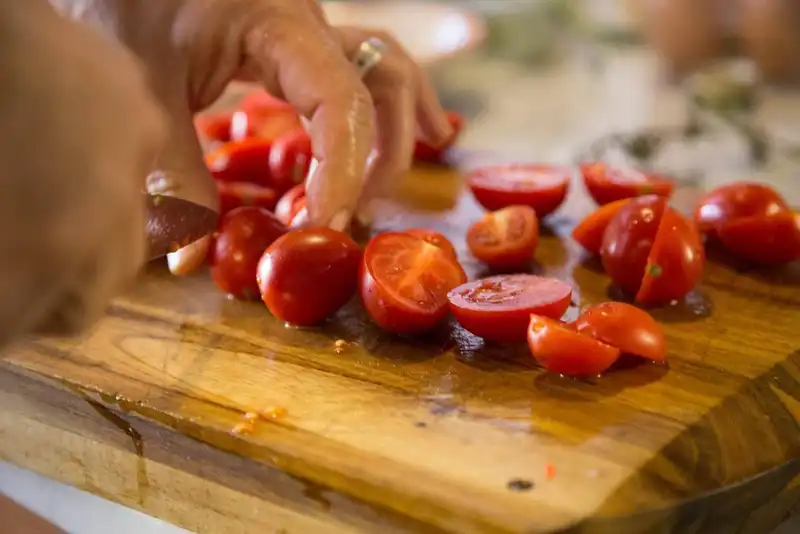
Using separate cutting boards, knives, and plates for raw meat, poultry, seafood, eggs, and produce can reduce the chances of cross-contamination. It is also advisable to use separate utensils for cooked and raw food. Separation during storage is also important. Placing raw meat, seafood and poultry should be kept sealed and in the freezer if they are to be used later. Eggs should be stored in their original carton.
Food safety is an important topic, and it’s not always easy to know what to do
ZipChecklist will give you a comprehensive overview of food handling practices that are essential for anyone who handles food
3. Cook to the right temperature
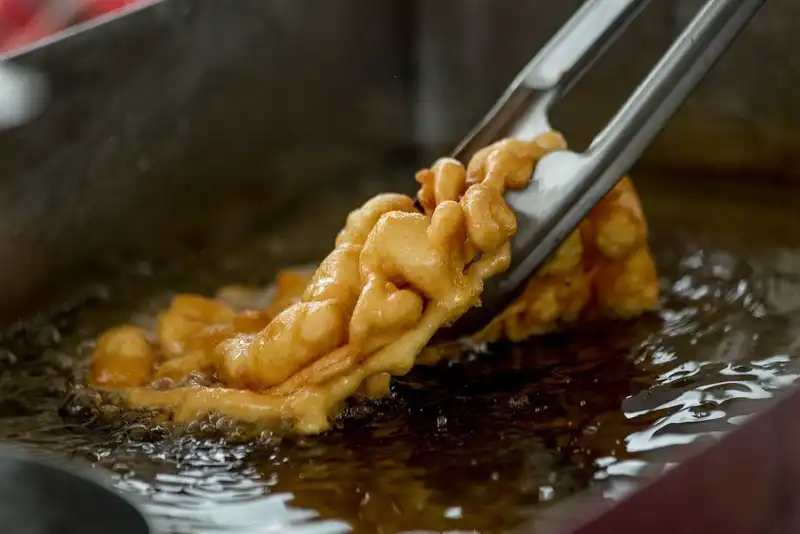
Food should be stored and cooked at the right temperature. A food thermometer can be used to check the internal temperature of dishes and ensure food safety. If the food is not served right after cooking, it is important to sustain a temperature that prevents it from going bad. Use tools like a warming plate or a slow cooker to ensure that your food remains at the right temperature till it is served. Microwaving food thoroughly and stirring it while it is being heated are also helpful tips.
4 . Refrigerate promptly
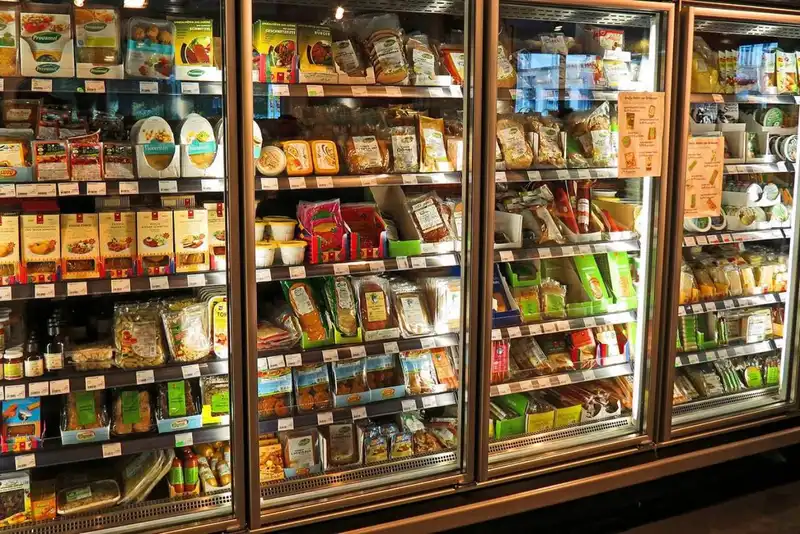
Bacteria that cause food poisoning multiply quickly at higher temperatures. Ensure that your refrigerator is set below 40F and your freezer at 0F or below. Perishable produce must not be left outside the refrigerator for more than two hours. Leftovers should also be placed in the refrigerator soon as possible to allow for quick cooling. Thawing and marination, too, are best done in the refrigerator.
What are the rules of safe food handling?

There are certain rules that govern food handling and all food service establishments must abide by them. While anyone and everyone is vulnerable to foodborne illnesses, pregnant women, the elderly, and individuals with diseases such as cancer or kidney-related ailments are more likely to fall sick. In order to ensure the safety of your customers, food managers must insist on following the basic rules of food handling and preparation. The personal hygiene of food handlers plays a huge role in averting food-related illnesses. This includes thorough washing of hands, wearing gloves and tying or wearing a head cap to ensure that no hair finds its way into the food. Food must also be cooked at the right temperature. While this varies from product-to-product, it is especially important to know the right temperatures for meats. Other rules that should be kept in mind when preparing food are-
Re-use of cooking oil should be avoided.
Fermented foods should be stored properly to inhibit the growth of bad bacteria.
Fruits and vegetables should be used only after the removal of parts that are in poor condition.
Previously prepared fruits and vegetables should be kept clean and properly covered.
Food grade containers and at the right temperature.
Used surfaces should be wiped with an antibacterial cleaning agent and rinsed properly.
Only permitted food additives may be added within permissible limits.
All unused thawed food should be discarded.
Refer to FDA guidelines for more details.
Covid 19 and food handling
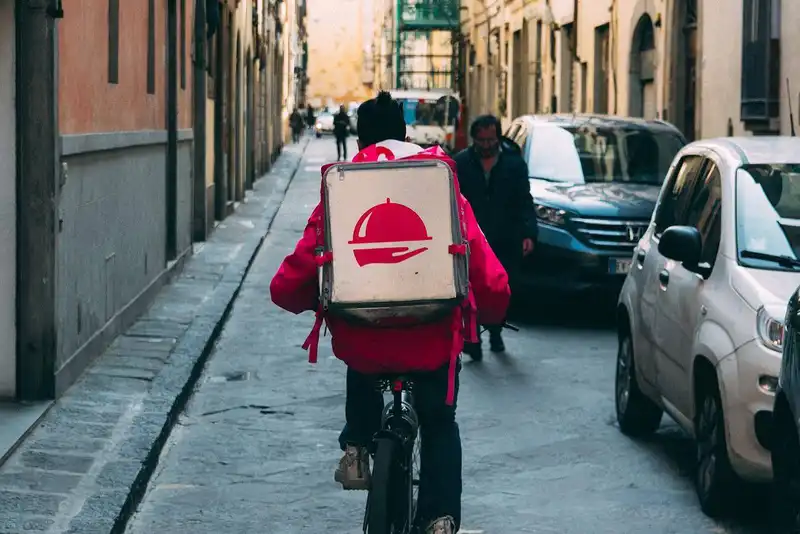
The COVID-19 pandemic made it even more important for people to buy, order, and prepare food more responsibly in order to obstruct the transmission of the virus. The CDC (Center for Disease Control and Prevention) recommended a distance of at least 6 feet between people, refreshing the air in closed spaces through proper ventilation and wearing masks. Restaurants, in particular, were advised to observe best practices in order to minimize the transmission of the disease. Some of these include-
Food Delivery- The risk with such orders comes from the worker delivering the food. Food delivery establishments are thus advised to regularly screen delivery personnel for COVID-19 symptoms. No contact deliveries, online payments, and encouraging consumers to discard the packaging as soon as the meal arrives can all contribute to ensuring food safety.
Managing Operations- When managing operations in a food service establishment, ensure that all safety guidelines like cleaning, separating, cooking, and chilling are followed. Frequently disinfect surfaces, equipment, and counters and help customers ensure good infection control.
Employee Health- Personnel must be advised to report COVID-19-related symptoms to supervisors immediately. Sick employees must be sent home immediately and all surfaces that they could have come in contact with should be sanitized. All other employees who may have come in contact with the infected person should be considered exposed. They should all be screened for the virus. Employees must self-monitor, wear a mask, and maintain social distancing in order to reduce transmission among employees.
Pesticides and food handling
Pesticides and herbicides are used in the cultivation of food crops in order to protect them from pests during production, distribution, and storage. They also allow farmers to obtain from each yield at the time of harvest. They are also known to increase the quality and shelf-life of certain foods. This allows consumers to access a diverse cornucopia of foods at affordable prices. However, they can pose health and environmental risks. In order to alleviate their effects on human health, the United States EPA determines the amount of pesticide residue that can remain on a particular food. By the time the food reaches departmental stores, the pesticide residue should be considerably below the legal limit. This legal limit is known as pesticide tolerance.
There are several food practices that allow food handlers to further reduce pesticide residue that could cause food safety hazards. restaurant food safety practices range from peeling and eating a variety of fruits and vegetables in order to cut down on increased exposure to a single pesticide, trimming fat and skin from meat to thoroughly washing and drying produce with a clean cloth or paper towel.
Produce safety and food handling
safe food handling is incredibly important for food service businesses. This includes buying the right kind of produce, proper storage methods, and finally cooking produce in a way that is safe and nutritious to consume. It is important, therefore, to follow tips that allow food handlers to make the most of their produce.
Buy Right- try buying produce that is not damaged or bruised. Many restaurants pick up decaying produce to reduce costs but this can eventually cost foodservice establishments big money in the long run. If you buy pre-cut fruits and vegetables, then ensure that they are refrigerated to avoid contamination. It is also important to pack raw meat poultry seafood and eggs separately when picking them up from the market. Restaurants can also use tools like Zipchecklist that offer real-time data about available inventory and ensures that you buy exactly what you need. Among the many Zipchecklist Features is the task list which allows users to organize daily, weekly and monthly lists. This way, you'll never have food rotting in your storage and will only pick up exactly what you need!
Proper Storage- As mentioned above, bad storage practices can affect the quality, taste, and safety of the produce. Perishable fruits and vegetables must be stored in a refrigerator with a temperature of less than 40 F. All pre-cut produce should be refrigerated.
Separate- The importance of separating fruits and vegetables from raw meat poultry and seafood cannot be stressed enough. Washing boards, knives, utensils, or countertops that are used when cooking raw meat poultry, and seafood must be thoroughly washed and cleaned with soapy water before preparing produce with them. In fact, it is advisable to use a separate cutting board for raw meat poultry, and seafood and an entirely different one for fruits and vegetables.
Safe Preparation- It is important to begin all cooking preparations with clean hands. Cut away all damaged or bruised bits of the produce and throw away rotten produce. All produce should be washed under running water. It should not be washed with soap as produce is porous and detergents can be absorbed by fruits and vegetables. It is also advisable to wash the fruit or vegetable even if you are peeling it to ensure that bacteria does not transfer from the surface of the peel to the part of the produce that will be consumed. In addition to this, crab firm produce like potatoes and cucumbers using a produce brush. All produce must be left to dry or towel dry to eliminate bacteria that might be left on the surface. It is also important to be mindful of food safety temperatures, especially when cooking raw meats, eggs, and seafood.
Zipchecklist
Zipchecklist Features
Food safety is a priority, but it can be difficult to know how to handle food safely
ZipChecklist will teach you the dos and don'ts of food handling
